Is ABS Plastic Recyclable? Key Facts and Disposal Tips
Understanding the recyclability of ABS plastic is more important now than ever. This thermoplastic is everywhere. You find it in industries like automotive and electronics and also in LEGO bricks and computer keyboards. Knowing if ABS is recyclable is key. We need to understand what it is, where it’s used, and its environmental impact if not disposed of properly.
ABS plastic is tough, which makes it hard to recycle. This article aims to give you insights on recycling ABS. We’ll discuss its role in sustainable plastics and how we can tackle environmental issues. Let’s learn about ABS and how proper disposal practices can help.
Understanding ABS Plastic
In the world of materials, many plastics are found, but ABS plastic stands out. It’s known as acrylonitrile butadiene styrene. This remarkable plastic mixes three key ingredients: acrylonitrile, butadiene, and styrene. Knowing about ABS plastic explains why it’s so popular in different sectors.
What is ABS Plastic?
ABS plastic is a strong, thermoplastic polymer. It’s made by combining its three main ingredients. These materials give ABS its good qualities, like being tough and stable in heat. It melts easily, so making things with it is simpler. That’s why it’s often the first choice for making various products.
Common Uses of ABS Plastic
ABS is used in many areas because it’s so adaptable. Some common uses are in:
- Consumer electronics like mobile phones and laptops
- Car parts such as dashboards and trim
- Children’s toys, especially in building sets and figures
- Home goods, from kitchen gadgets to appliances
This wide use shows why ABS plastic is so important in making things today.
Properties of ABS Plastic
The characteristics of ABS are why it’s chosen for many products. Its best traits are:
- It can take a hit and not break, even in cold weather
- It resists heat well, allowing use in different conditions
- It can handle chemicals, protecting it from damage
- It’s cost-effective, offering great value
But, it’s also key to know its downsides, like not doing well in sunlight and being flammable, which may cause smoke.
The Importance of Recycling Plastics
Plastic waste is a major environmental issue today. Every year, millions of tonnes end up in our oceans and landfills. This problem is becoming more urgent. Plastics, like ABS, can take hundreds of years to decompose. This causes a lot of damage to our ecosystem and puts wildlife at risk. Recycling is key in fighting these issues and encourages the use of plastics in a sustainable way.
Environmental Impact of Plastic Waste
Plastic waste harms landscapes, oceans, and biodiversity. Every year, about 8 million tonnes of plastic enter the ocean. This harms marine life and their homes. Recently, there’s been more effort globally to recycle more. This helps cut down on plastic pollution. Managing plastic waste better can protect natural habitats and keep our ecosystems healthy.
Benefits of Recycling Plastics
Recycling plastics helps in many ways. It means we use fewer landfills, which saves land and reduces harmful gases from waste. Recycled plastics, like rABS, need less energy to make. This lowers carbon dioxide emissions. Joining recycling programs saves natural resources. It supports the idea of a circular economy, which our planet needs for its future.
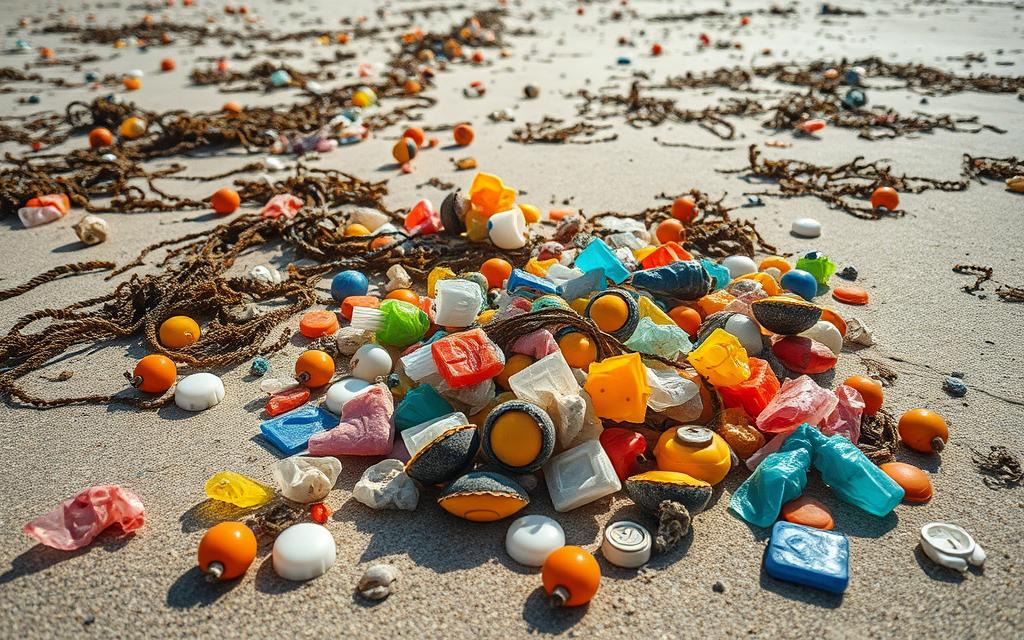
We must encourage everyone to use sustainable habits. This includes throwing away plastic correctly and joining recycling programs. This group effort can lower plastic pollution. It shows the value of companies that recycle effectively. For example, Elektrorecykling Polska makes high-quality rABS. This proves that recycling is good for both the environment and the economy. Promoting such practices will protect our world for future generations.
Is ABS Recyclable?
Many people ask if ABS plastic is recyclable. The truth depends on its recycling code and the recycling options available. By disposing of it correctly, we can lessen its environmental impact.
The Recycling Code for ABS Plastic
The code for recycling ABS plastic is 7. This puts it in the “other” plastic category. It’s important for users to look for this code on their items. Knowing the ABS recycling code helps in its proper disposal and recycling, making sure it’s processed right.
Available Recycling Streams for ABS
There are different ways to recycle ABS plastic. It can be part of city recycling programs or go to places that specifically handle this kind of plastic. Some people also recycle it at home, especially for 3D printing. Having these recycling choices helps everyone play a part in saving the environment.
| Recycling Method | Description | Advantages |
|---|---|---|
| Mechanical Recycling | Involves shredding ABS into small pieces for reuse. | Retains material properties; lower energy consumption. |
| Chemical Recycling | Breaks down ABS into its monomers for reformulation. | Complete recycling; ability to regenerate virgin-like materials. |
| 3D Printing Recycling | Utilises scrap ABS for filament production. | Encourages creative recycling; reduces landfill waste. |
By being aware and joining in these recycling paths for ABS plastic, we can greatly lower our environmental effects.
The ABS Recycling Process
The ABS recycling process turns waste ABS plastic into new items. We explore each stage to understand recycling’s efficiency and importance.
Classification and Sorting
The process starts with the classification of ABS. In recycling centres, ABS items are picked out from other materials. This sorting is crucial to ensure the ABS is clean for the next steps. It’s vital to remove any non-ABS bits or metal screws to keep the process smooth.
Shredding and Cleaning
The next step involves shredding ABS into small pieces. Making the items smaller increases the area for an effective clean. Workers check the shredded ABS carefully to make sure it’s fit for recycling. This step is key to ensure only the best material is used later on.
Melting and Reforming
After shredding, the ABS pieces are melted ABS plastic. They melt at a low temperature, making it easy to work with. The melted plastic is then shaped into pellets or other forms for new uses, like toys or car parts. ABS’s ability to be reshaped many times showcases its excellent versatility. New tech also makes home recycling possible, opening doors for sustainable actions.
| Stage | Description |
|---|---|
| Classification and Sorting | Separation of ABS items from contaminants and other plastics. |
| Shredding and Cleaning | Reduction of ABS to small flakes, followed by thorough cleaning. |
| Melting and Reforming | ABS flakes are melted and reformed into new products. |
Adopting ABS recycling helps save resources and reduces greenhouse gases. It also boosts local economies by creating jobs and supports sustainability in communities. For more about ABS recycling, check this link.
Advantages of Recycled ABS Plastic
Recycling ABS plastic offers great advantages, making it a top choice for eco-friendly practices.
It tends to be cheaper than new ABS, saving money for companies. This allows a variety of industries to produce excellent products while sticking to their budget.
Cost-Effectiveness
By choosing recycled ABS, companies save money and help the environment. They reduce their carbon footprint and keep waste out of landfills. This method saves natural resources and cuts down energy use, boosting their eco-friendly image.
Environmental Benefits
Recycled ABS keeps its high quality, matching new ABS. Though its quality may vary, its adaptability is undeniable. It works well in many fields, like car making and electronics.
By mixing it with new plastic, companies can get just the right material they need. This is especially true for products that don’t touch food.
Quality and Performance
In short, recycled ABS plastic is not just about saving money. It helps the planet and keeps product quality up. Choosing recycled materials shows a company cares about its impact, meeting customer needs and current trends for a greener world.
FAQ
Is ABS plastic recyclable?
Yes, you can recycle ABS plastic. It’s in many recycling programs. Look for its recycling code to dispose of it right.
What are the common uses of ABS plastic?
ABS plastic is everywhere. You’ll find it in gadgets, car parts, toys, and items around the house. Its strength and flexibility make it popular.
How does recycling ABS plastic benefit the environment?
Recycling ABS helps a lot. It means less plastic in dumps, it saves resources, and uses less energy. This helps us all live better.
What is the recycling process for ABS plastic?
First, we sort and clean ABS items. Then, we shred, melt, and reshape them. This process makes sure we waste very little.
Why is it important to recycle ABS plastic?
It’s vital for cutting down plastic waste and pollution. Recycling ABS supports the idea of sustainable plastics and helps us care for our planet.
What are the advantages of using recycled ABS plastic?
Using recycled ABS saves money and is better for the Earth. It keeps its top quality, even after recycling. It’s a win-win.

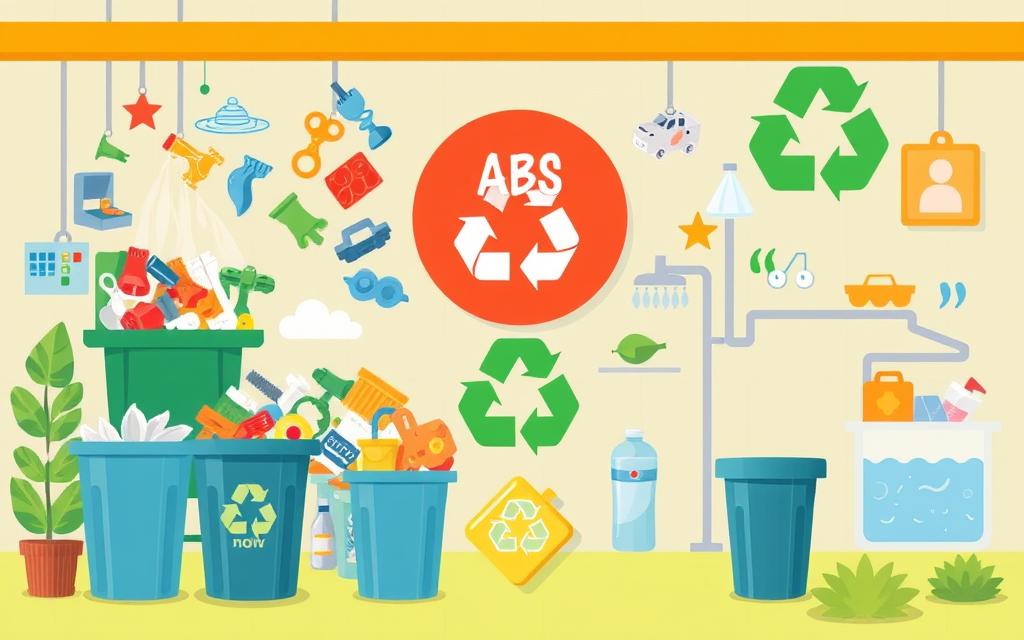



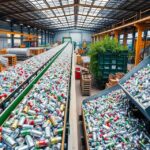
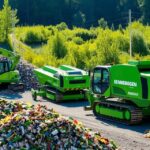


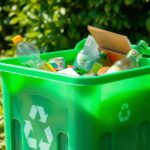
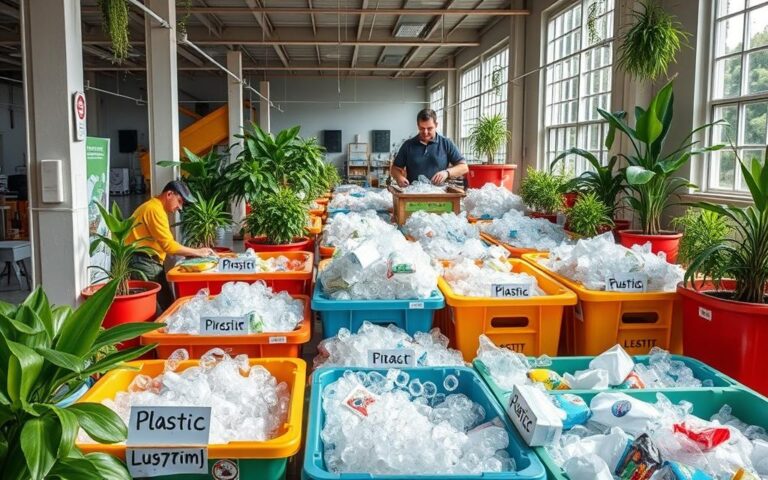
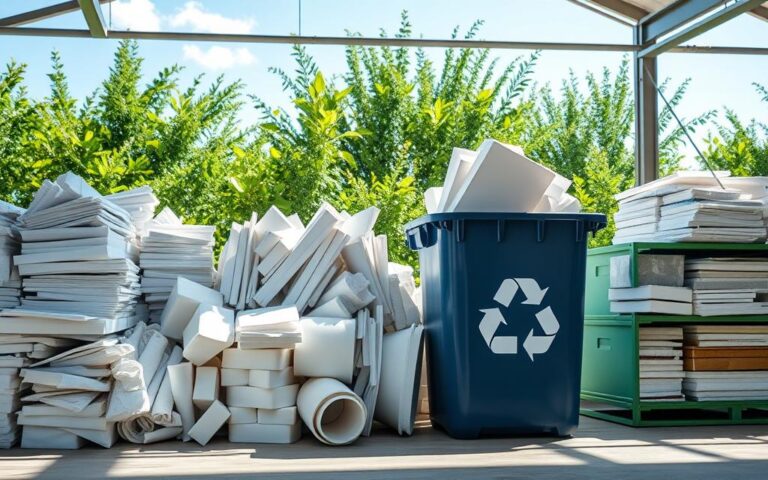

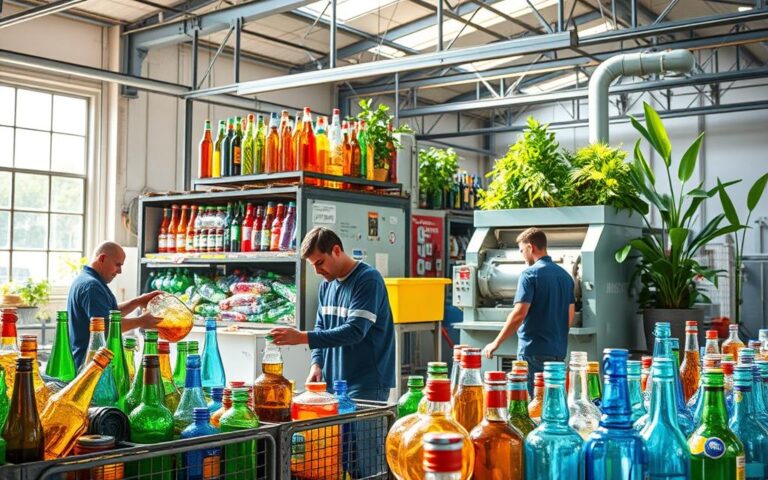
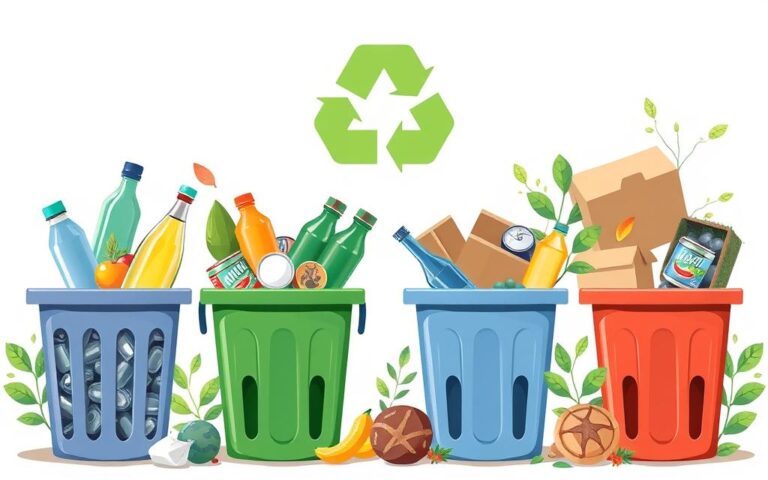
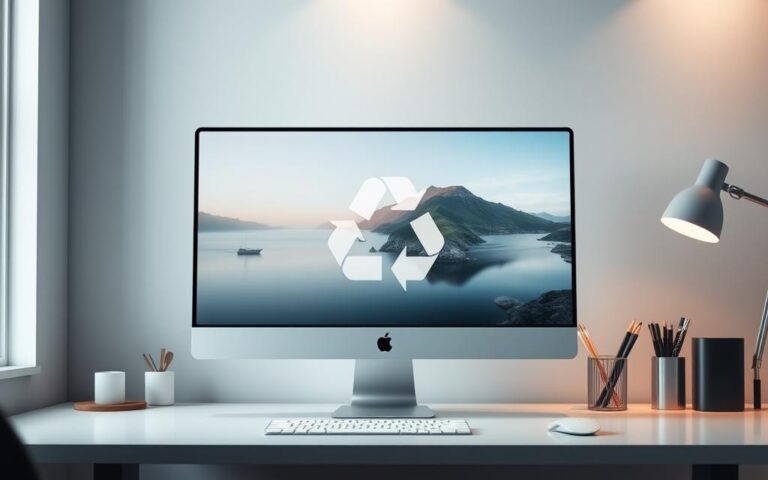
I deal in plastic scrap. I am interested in more details about plastic recycling. Please can you send me regular details on this subject to my email [email protected]. Thank you